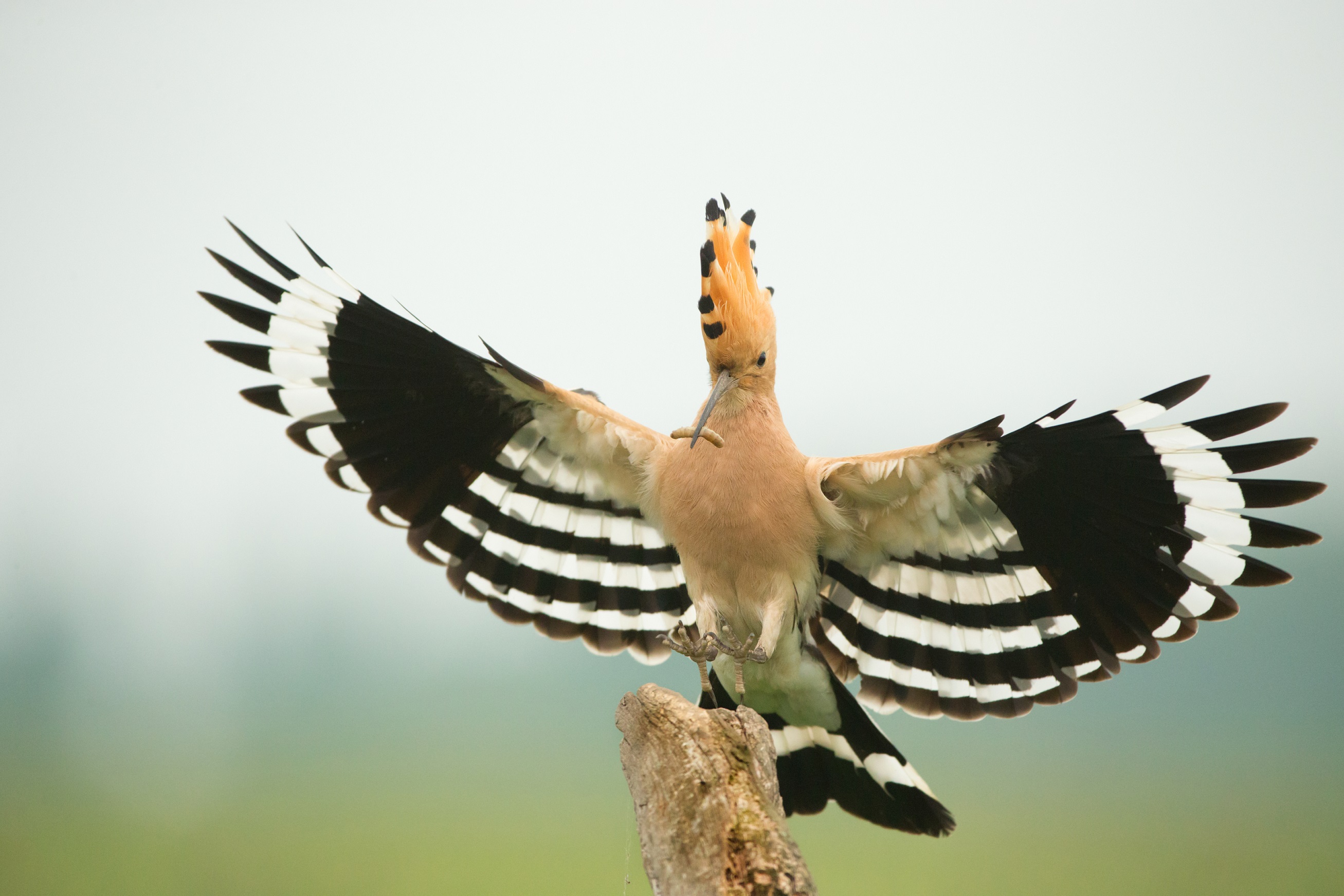
BirdTrack migration blog (19–26 April)
It is true to say that spring migration is somewhat different to that that occurs in the autumn, in that it is a much more hurried affair – birds on the move are eager to get back and get on with the forthcoming breeding season. The autumn will also see many more birds on the move in total, as the young from the year undertake their first migrations.
The events of the last week show just what can happen when unusual weather conditions prevail. An easterly airflow coming across the Maghreb and the Strait of Gibraltar displaced birds moving up through northern Africa overnight.
Some of these individuals – like our satellite-tagged Cuckoo Joe, whose detailed track showed him approaching the south-western tip of Portugal from the south-west – would have been able to compensate and head towards land when they saw. But others, finding themselves unexpectedly out of sight of land as dawn broke, would have turned downwind. This is typical behaviour of migrating birds in such circumstances and is designed to maximise their flight range and hence their chances of reaching land.
Luckily for them, on this occasion the airflow arced around from east to south and then south-west, taking them around Iberia and up into north-west Europe, rather than further out into the Atlantic. The result was a large array of ‘overshooting’ birds arriving mostly in south-western Britain.
An unprecedented number of ‘early’ Golden Orioles arrived; this species often doesn’t appear in the UK until the first week of May. These overshooting birds would have arrived at their breeding grounds bang on time had they stopped at their next intended destination (most likely Spain).
There was an arrival of multiple Hoopoes and a small number of Purple Herons. Several Woodchat Shrikes and a Pallid Swift all graced our shores, but the highlight may well prove to be one of the most cryptic – a putative Mediterranean Flycatcher on the Isles of Scilly. If proven, this recent split from Spotted Flycatcher by the International Ornithological Congress (IOC) will be a first for Britain.
Looking ahead
So, the weather conditions were ideal last week but this coming week looks to be a very different kettle of fish. Northerly winds are forecast to dominate, but on Monday and possibly Tuesday, they may well be quite light and, although not perfect, birds will move into light northerly winds. So, a mid week visit to your local patch could see the arrival of more Swallows and House Martins, along with the first push of Swifts.
During these light northerly winds, birds will often miss the coast altogether and head straight to their breeding grounds. It is only during stronger winds that they may become grounded at coastal migration watchpoints.
The last few days here in central Portugal have seen Bee-eaters on the move, and I wouldn’t be surprised if one or two didn’t make it to Britain during the early part of next week. Where might they turn up? An inland site wouldn’t be off the cards.
Don’t forget to put your records into BirdTrack, and leave your comments below!
Send us your records with BirdTrack
Help us track the departures and arrivals of migrating birds by submitting your sightings to BirdTrack.
It’s quick and easy, and signing up to BirdTrack also allows you to explore trends, reports and recent records in your area.
Find out more



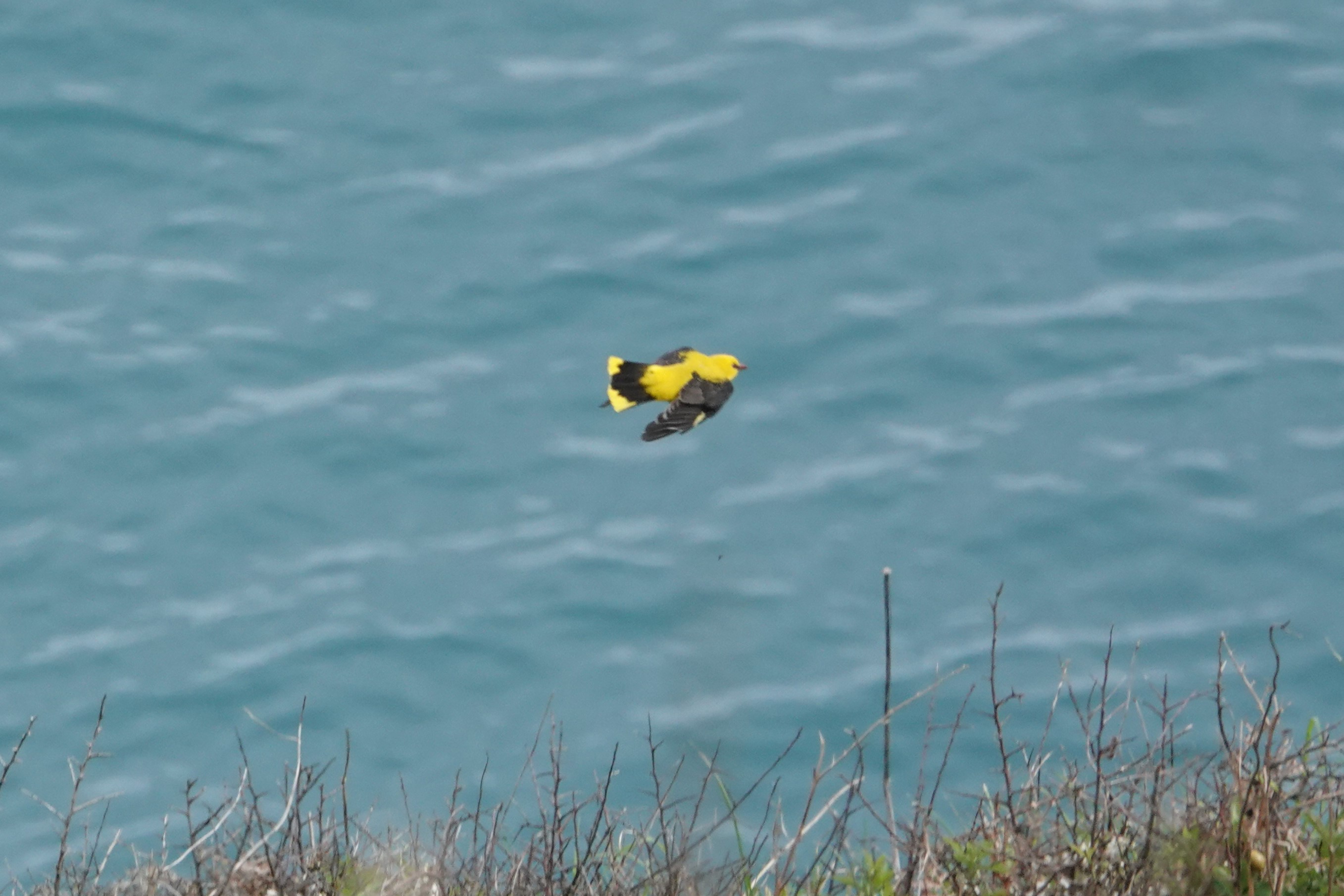
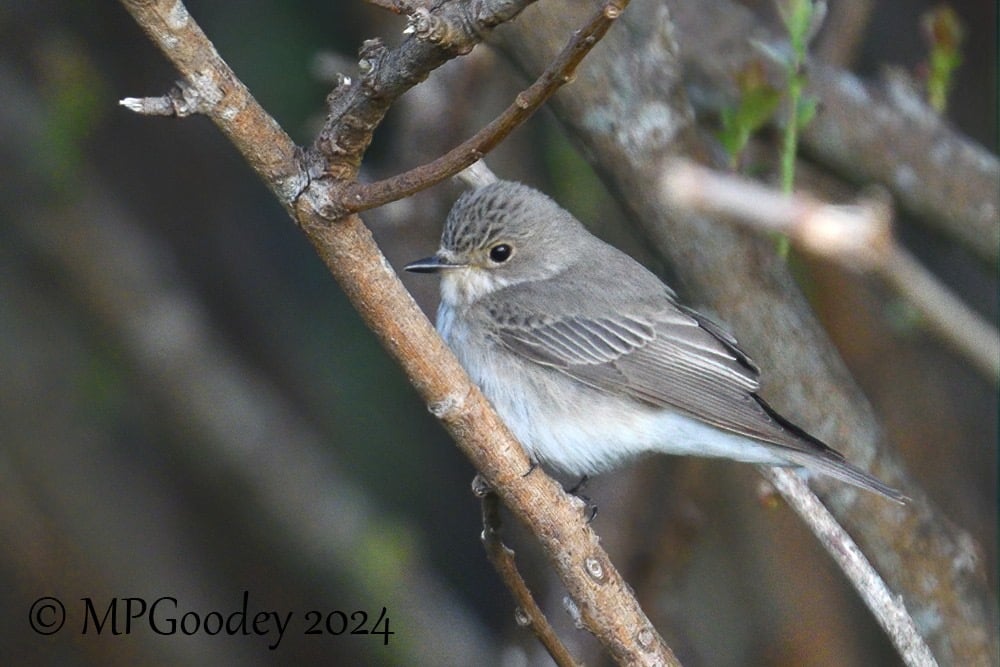
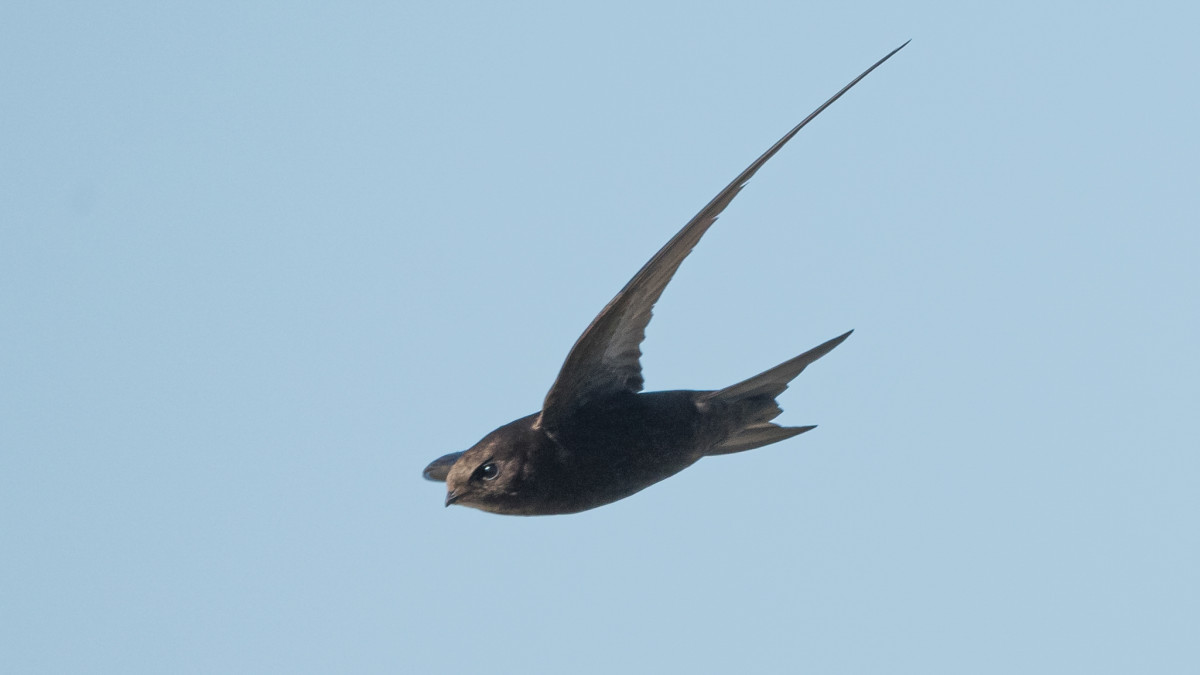
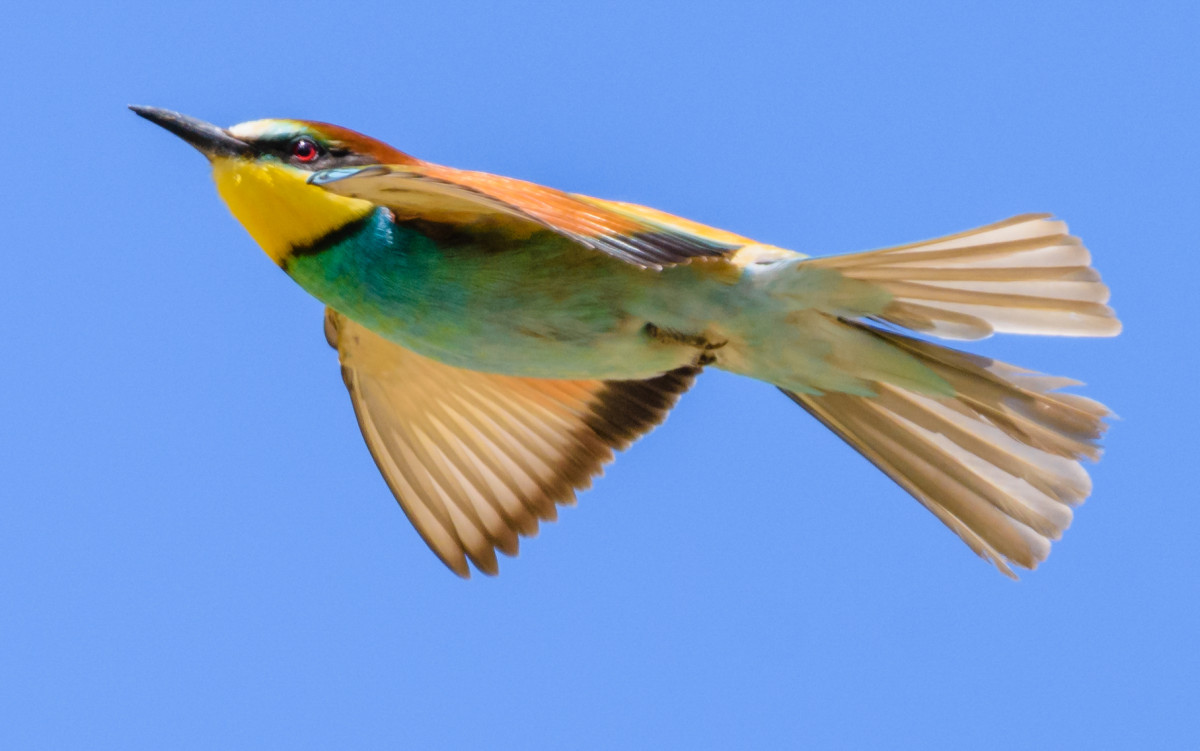
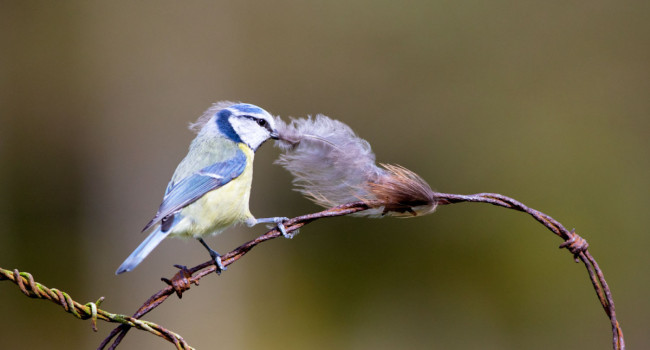
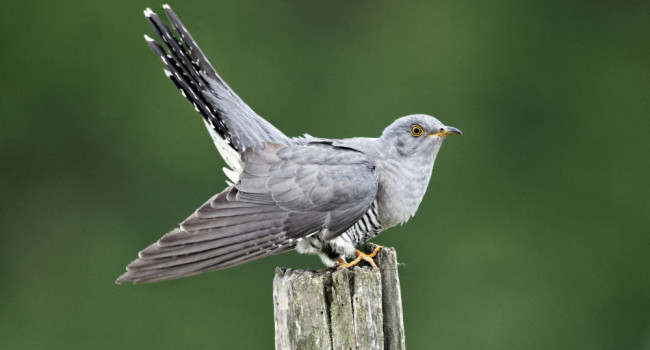
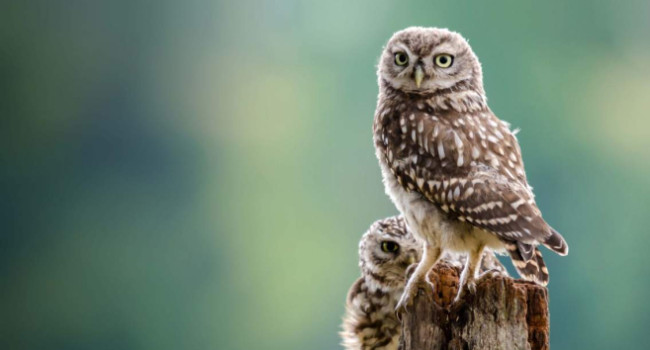

Share this page